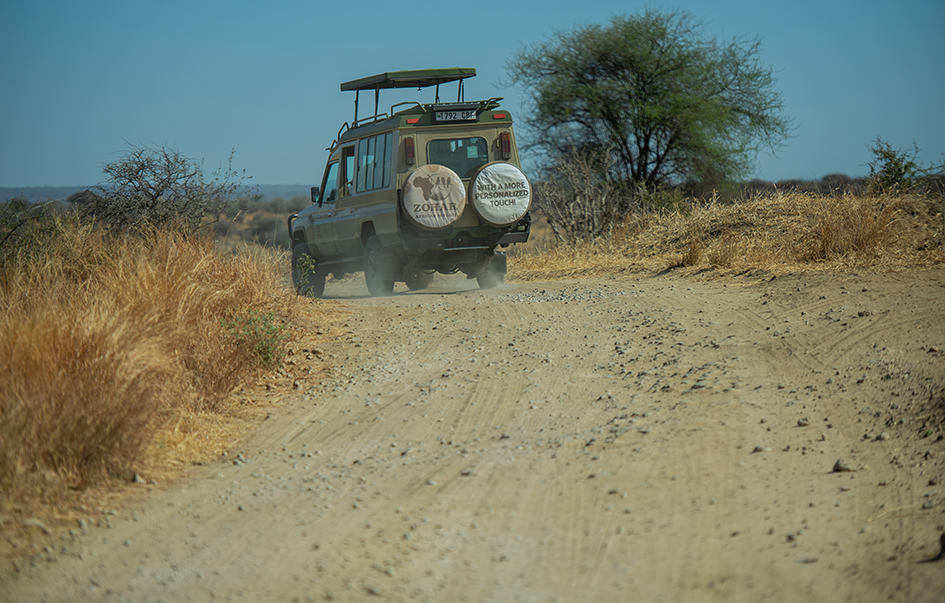Lake Mburo National Park
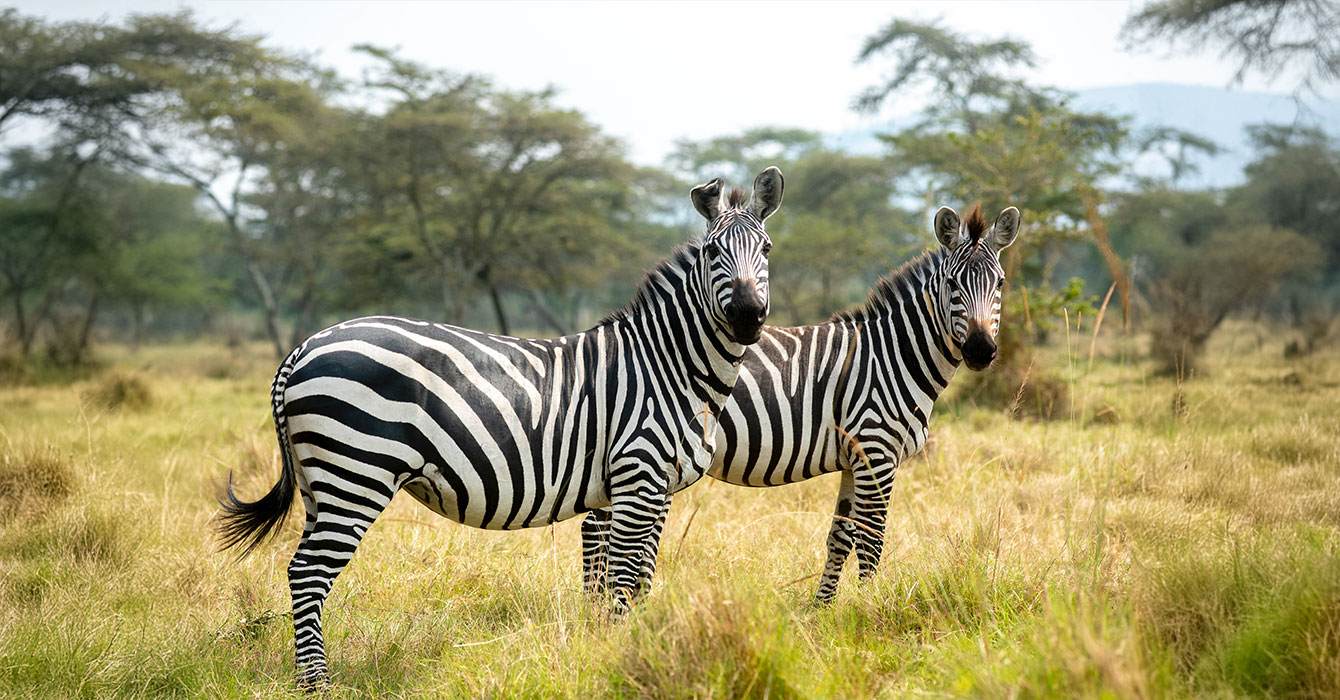
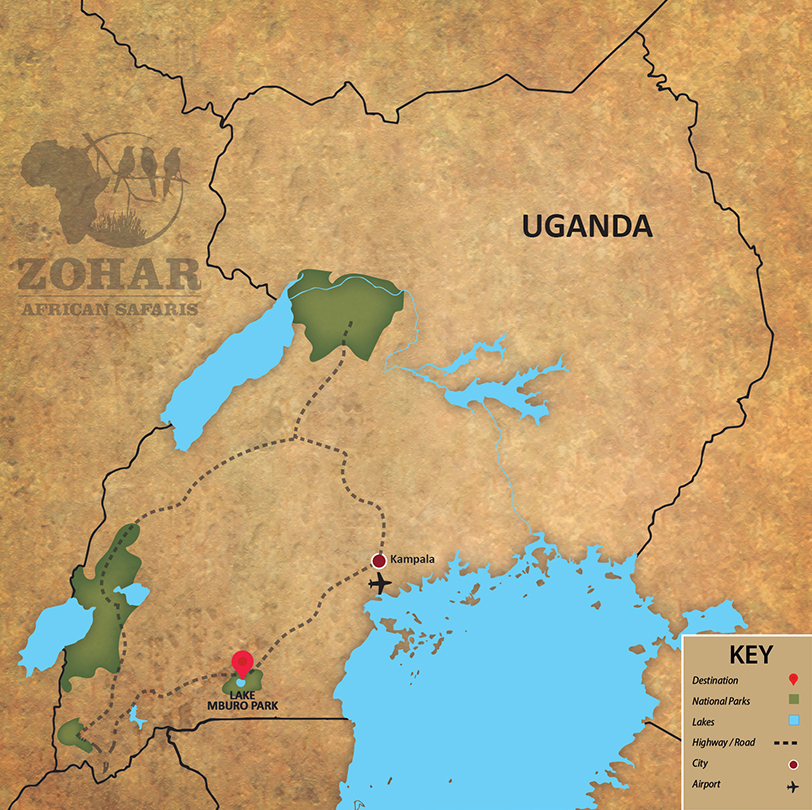
Though it’s the smallest national park in Uganda, Lake Mburo National Park is a scenic gem, offering an impressive variety of landscapes packed into a compact area. From dry hills and rocky outcrops to thick bushland, woodlands, forests, and wetlands, the park’s terrain is as diverse as its wildlife.
The swampy fringes of Lake Mburo are especially notable, providing a rare chance to spot papyrus-loving species like the elusive sitatunga antelope and the colorful papyrus gonolek, including the red, black, and yellow varieties that birders prize.
The park is home to an array of savanna wildlife, including zebras, elands, impalas, topis, and buffaloes, all of which can be seen during game drives or walking safaris. Its five lakes are also alive with activity, where hippos wallow in the shallows, crocodiles bask along the banks, and dozens of bird species add color and sound to the landscape.
Whether you’re seeking wildlife, birding, or just a peaceful escape into nature, Lake Mburo offers a surprisingly rich safari experience in a setting that’s easy to explore and full of surprises.
Features & Wildlife Species
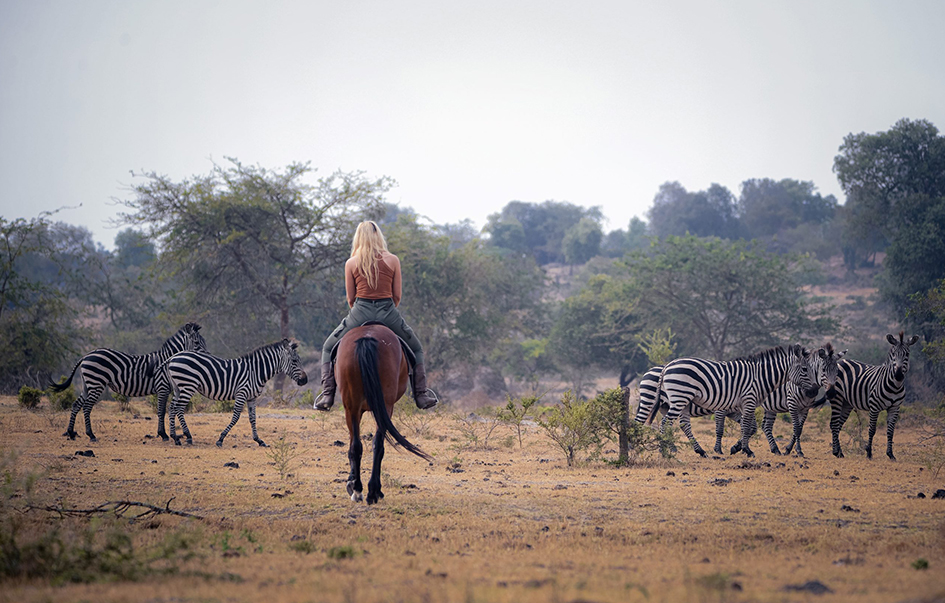
AREA ACTIVITIES
There are some activities that can be done in Lake Mburo National Park such as:
- Game drives.
- Walking safari.
- Boat trip on Lake Mburo.
- Birding.
- Cultural activities.
- Horseback riding.
- Fishing.
WHEN TO VISIT
The best time to visit Lake Mburo National Park is during the dry season of June to September and December to February, as animals gather around the water points, so they are easily located and seen in more significant numbers.
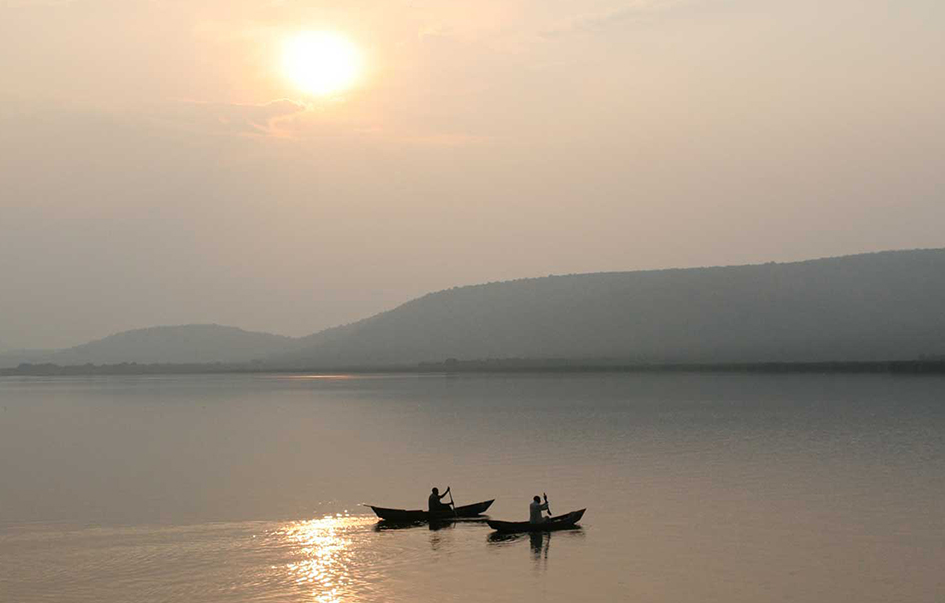
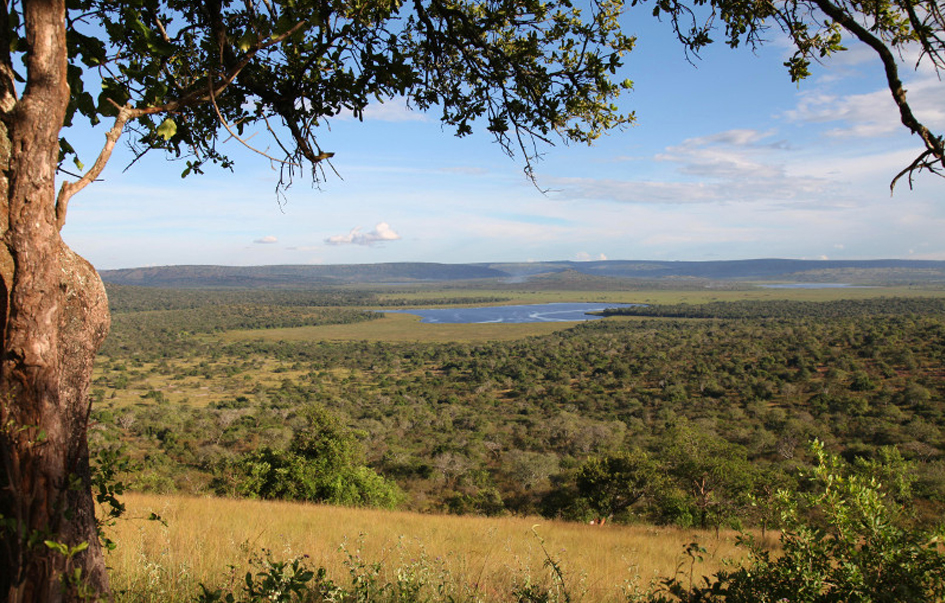
WHAT TO SEE
- Seasonal and permanent swamps.
- Different bird species and a large number of different wildlife.
- Wetland that harbors.
- Acacia trees.
- Six species of fish found.
HOW TO GET THERE
- Driving: the park is mainly accessed by road, approximately 140 miiles (228km) from Kampala, which equates to a 3 to 4-hour drive depending on road conditions and weather.
